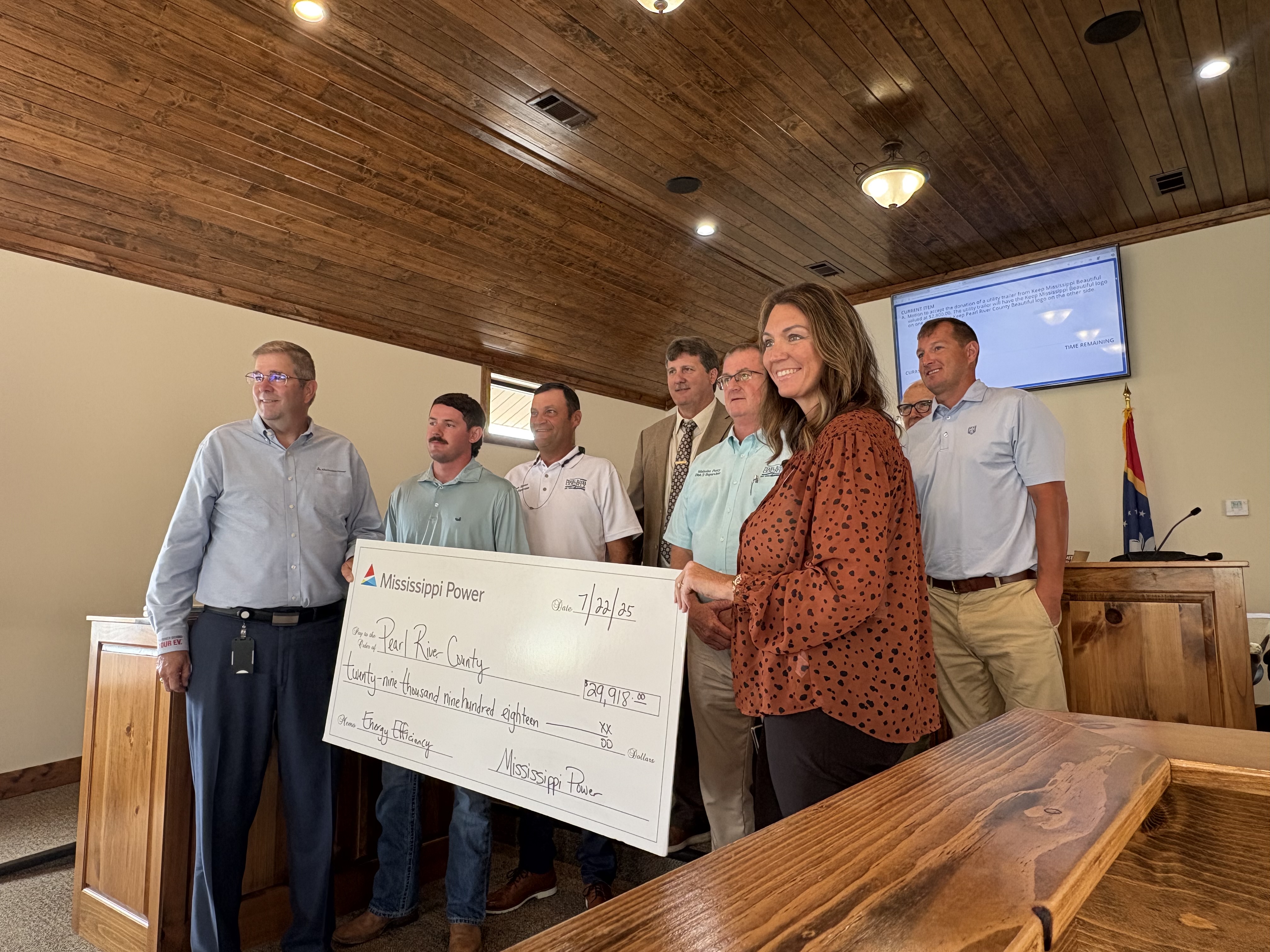Highland Community Hospital’s impact by the numbers
Published 7:00 am Saturday, November 1, 2014
At the Greater Picayune Area Chamber of Commerce’s Morning Call breakfast on Friday, Highland Community Hospital Administrator Mark Stockstill released a variety of statistics placing the medical facility above the national averages for hospitals and demonstrating their continuing improvement since opening their new location.
“We’ve come a long way from 2009,” said Stockstill, who informed the room of local business owners that since then, Highland has seen a more than 50 percent decrease in the average time patients spend in the emergency room before seeing a healthcare provider.
That number dropped from 50 minutes to 22 minutes, which puts Highland 4 minutes faster than the national average.
In addition to greeting patients sooner, Highland has also improved in the duration of patient visits by almost an hour. The average time a patient spent at Highland in 2009 was 178 minutes. In 2014, that number fell to 127 minutes, which is 7 minutes quicker than the national average.
In five years, the number of patients treated that would recommend Highland Community Hospital to others has risen from 14 percent to 67.7 percent of all patients.
Stockstill went on to explain the significance of a successful community hospital, and the “disastrous” impact it would have on the area if one were to close.
“The American Hospital Association says that 1 out of every 9 employees in a community is working because of the local hospital,” said Stockstill.
The benefit of having a local hospital with a payroll of more than $17 million dollars annually is that most of the hospital’s employees live and work in Pearl River County, meaning that an abundance of money is being spent in the community. In addition to payroll being pumped back in to the county’s economy, Highland spends an estimated $2 million dollars on local goods and services each year.
Stockstill also mentioned that the closest hospital aside from Highland is about 22 miles away and can be problematic to travel to at times.
“At the end of the fiscal year on Sept. 30, 2014, Highland had treated more than 23,000 patients in their emergency room, five percent of which required immediate care for a life-threatening condition,” said Stockstill.
Considering the severe condition of these patients, it is reasonable to assume that some would have died without the convenience of a nearby hospital he said.
These numbers provide statistical evidence that a local hospital is the lifeblood of a small town in more ways than one, but Stockstill says that the hospital needs the community just as much as its citizens need it.
“A community hospital survives on support from the community,” said Stockstill.





